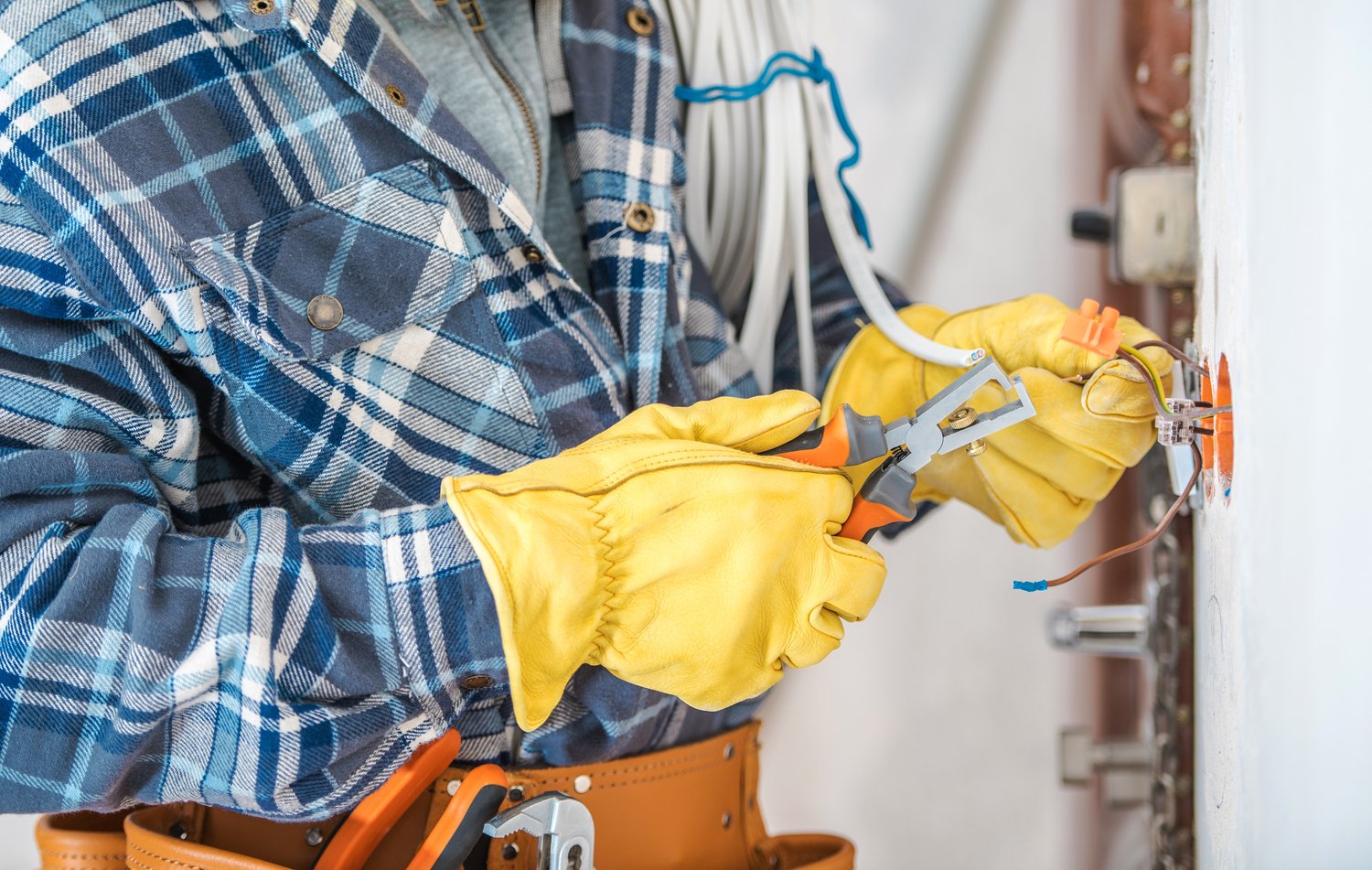When it comes to creating a more environmentally friendly home, many homeowners overlook the significant impact that windows and doors can have on energy consumption. Modern energy-efficient windows and sustainable doors not only enhance the comfort and appearance of your home but also play a crucial role in reducing your carbon footprint. These upgrades can dramatically decrease heating and cooling costs while supporting broader environmental conservation efforts. In this article, we’ll explore how investing in eco-friendly window replacements and door upgrades can benefit both your household and the planet.
Understanding Energy Loss Through Windows and Doors
Traditional windows and doors are often the weakest points in a home’s thermal envelope, accounting for up to 30% of heating and cooling energy loss. Older windows typically feature single-pane glass and inadequate framing that allows air to escape easily. Similarly, outdated doors with poor insulation properties create drafts and temperature inconsistencies throughout the home. This constant energy leakage forces heating and cooling systems to work harder, consuming more energy and increasing your home’s overall carbon emissions. By addressing these vulnerable areas with energy saving home upgrades, you can significantly improve your home’s efficiency and environmental performance while enjoying greater comfort in every season.
Environmental Benefits of Energy-Efficient Windows
Modern energy-efficient windows offer remarkable environmental benefits that extend far beyond simple energy savings. These specialized windows typically feature double or triple glazing, low-emissivity (Low-E) coatings, and insulated frames that work together to create an effective thermal barrier. This advanced technology helps reduce carbon footprint home windows are responsible for by minimizing the energy needed to maintain comfortable indoor temperatures. Additionally, many manufacturers now use sustainable materials and production methods, further enhancing the eco-friendly aspects of these products. The reduced demand for heating and cooling also means fewer fossil fuels are burned at power plants, resulting in lower greenhouse gas emissions and improved air quality on a broader scale.
Sustainable Doors Windows: A Comprehensive Approach
The concept of sustainable doors windows encompasses both the materials used in manufacturing and their long-term performance characteristics. Today’s eco-conscious manufacturers often utilize recycled materials, responsibly sourced wood, and non-toxic finishes in their products. These sustainable choices significantly reduce resource depletion and manufacturing-related pollution. Furthermore, the extended lifespan of high-quality doors and windows means fewer replacements over time, reducing waste and the environmental impact associated with production and disposal. When selecting sustainable options, look for certifications like ENERGY STAR® and Forest Stewardship Council (FSC) that verify environmental claims and manufacturing standards.
Calculating the Environmental Impact of Your Upgrade
When considering eco-friendly window replacement, it’s helpful to understand the potential environmental impact in concrete terms. An average home that upgrades from single-pane to ENERGY STAR-certified windows can reduce its carbon emissions by up to 6,000 pounds annually—equivalent to taking a car off the road for several months. The environmental benefits energy efficient windows provide multiply when implemented across neighborhoods and communities. This collective action can significantly reduce overall energy demand and associated carbon emissions. Many utility companies and environmental organizations offer carbon footprint calculators that can help you estimate the specific environmental benefits your home might realize through these upgrades.
Financial Incentives for Eco-Friendly Upgrades
The initial investment in energy-efficient windows and doors is often offset by long-term savings and available incentives. Many governments and utility companies offer rebates, tax credits, and other financial incentives to encourage these energy saving home upgrades. These programs recognize the broader environmental value of reducing residential energy consumption. Beyond these immediate incentives, homeowners typically see a 10-25% reduction in heating and cooling costs after installation. To navigate the various incentive programs and find qualified installation professionals, many homeowners turn to resources like AskHomey, which connects homeowners with experienced contractors specializing in green home improvements.
Making the Most of Your Environmental Investment
To maximize the environmental benefits of your new windows and doors, proper installation is critical. Even the most energy-efficient products will underperform if not correctly installed. Professional installation ensures that all seals are properly secured and that there are no gaps or alignment issues that could compromise efficiency. Additionally, regular maintenance—such as checking seals, cleaning tracks, and prompt repair of any damage—will extend the lifespan of your windows and doors, enhancing their long-term environmental benefits. Consider complementing your new windows and doors with other energy-saving measures like appropriate window treatments, weatherstripping, and strategic landscaping for shade to further reduce your home’s environmental impact.
The Future of Sustainable Building Envelope Technology
The window and door industry continues to innovate with increasingly sustainable and efficient options. New technologies include dynamic glass that changes tint based on sunlight conditions, frames made from composite recycled materials with superior insulation properties, and integrated solar collection capabilities. These advancements promise to further reduce carbon footprint home windows and doors are responsible for while adding functionality and value to homes. By investing in current energy-efficient technology, homeowners not only reduce their immediate environmental impact but also position themselves to adapt more easily to future innovations as they become available.
For more tips and to connect with reliable home service professionals, follow AskHomey on Facebook and Instagram.



